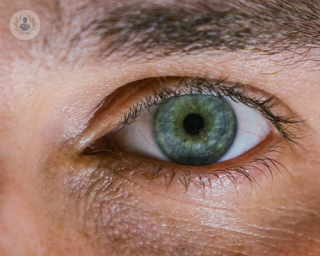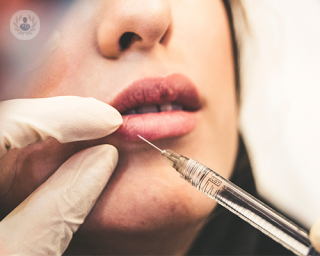Botulinum toxin (Botox™)
What is botulinum toxin (Botox™)?
Botulinum toxin, more commonly known as Botox™, is a neurotoxin that is used to treat various medical conditions. It is also used as a cosmetic treatment and is administered via injection. Botulinum toxin was the first drug developed to use botulinum toxin, but others have also been developed.

What is botulinum toxin used for?
The most common uses for botulinum toxin are:
- To reduce the appearance of fine lines and wrinkles
- To treat repetitive neck spasms (cervical dystonia)
- To treat excessive sweating (hyperhidrosis)
- Chronic migraines
- Eye twitching
- Lazy eye
- Bladder dysfunction (urinary incontinence caused by an overactive bladder)
What do botulinum toxin injections consist of?
Botulinum toxin acts by temporarily paralysing certain muscles, for example, when used for facial muscles this smoothes their appearance. This also has the added benefit of preventing certain facial expressions, such as wrinkling your forehead. Botulinum toxin injections weaken and paralyse certain muscles, blocking some nerves. They are injected with thin needles and the number you receive in a treatment session will depend on what they are being used for.
The effects of the injection are not immediate, they begin to reveal after three or four days have elapsed, depending on each patient. The results can be highly satisfactory. In addition, depending on the patient, the effect of botulinum toxin can last between four and eight months; so, to keep the same look regular treatments would be required.
Preparation for botulinum toxin injections
Pregnant or breastfeeding patients cannot undergo a botulinum toxin treatment. Although the injections are not too painful, some patients will prefer to have the skin numbed beforehand using topical anaesthesia.
Aftercare
You can usually resume normal activities the same day as your treatment. You should avoid rubbing or massaging the treated area as this can move the toxin to other areas within the surrounding skin and muscle.
Possible side effects of botulinum toxin injections include:
- Pain at the injection site
- Headache
- Flu-like symptoms
- Droopy eyelid
- Crooked smile
- Dry eyes or tearing

















